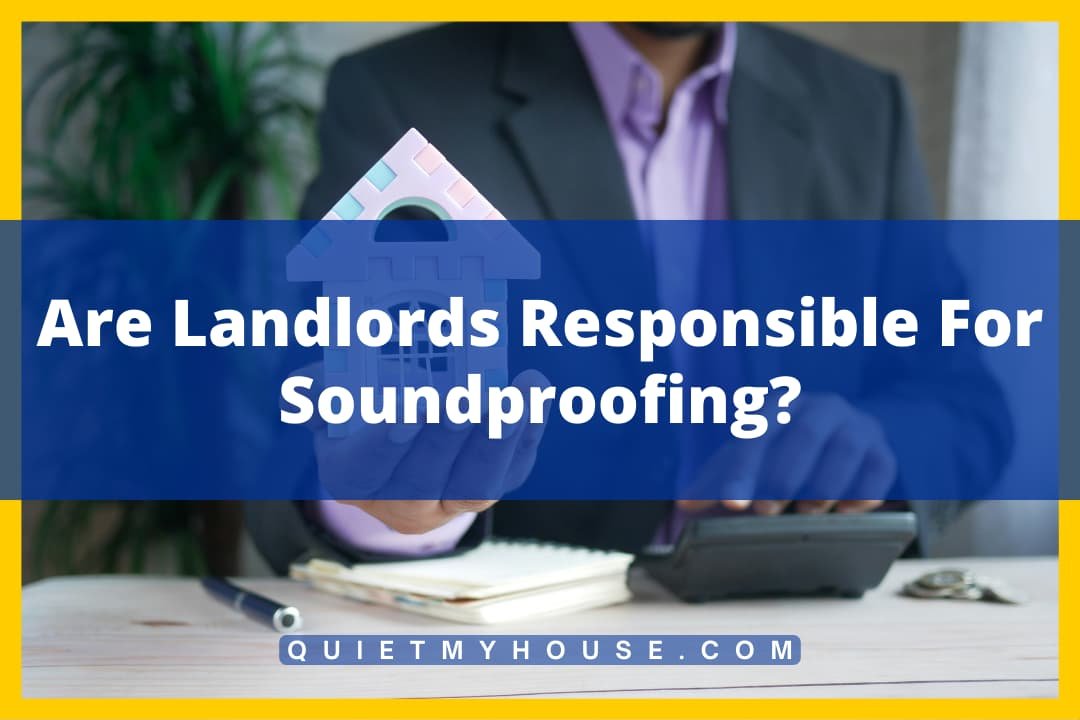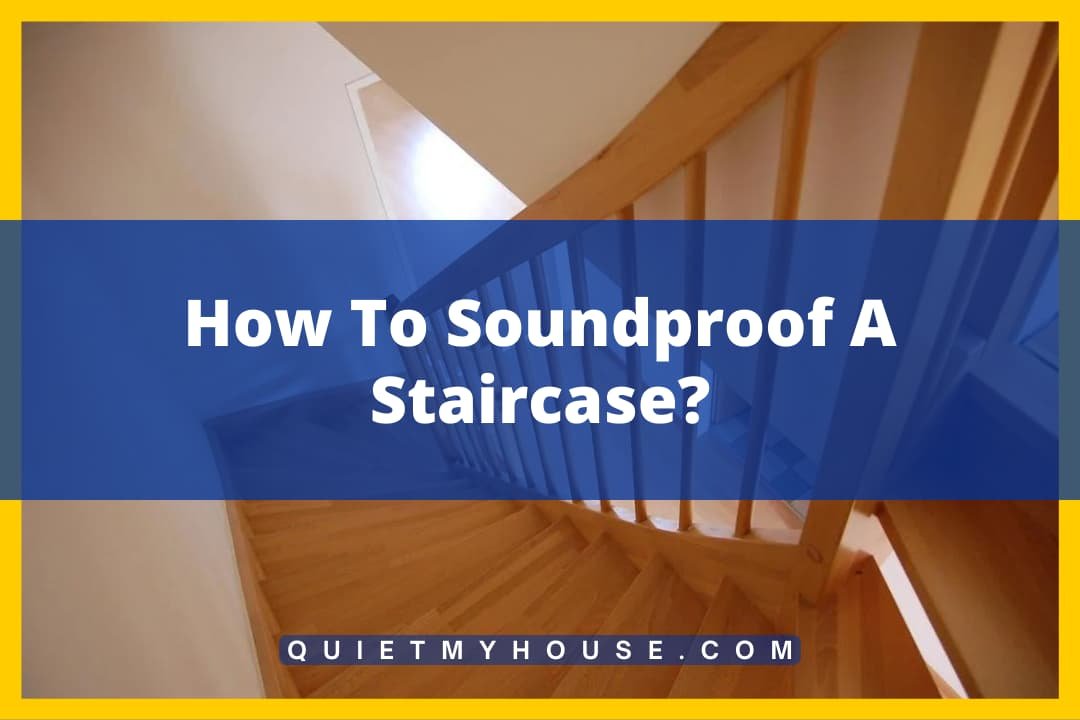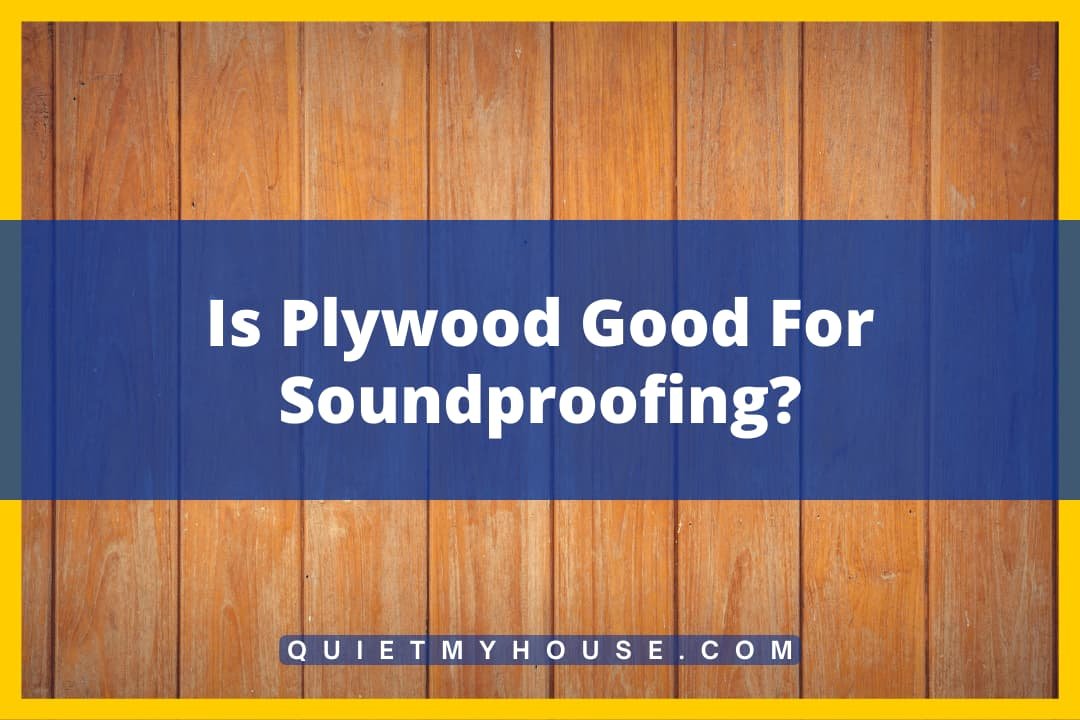In the modern era, the need for privacy is paramount. Whether you need a quiet place to record audio, a silent nook for meditation, or a peaceful area to rest in, soundproofing can help create those spaces for you. Professional soundproofing can get terribly expensive though, driving more people to seek alternative, DIY methods of soundproofing their spaces.
Corrugated cardboard is a good material to use in DIY soundproofing. As sound passes through the cardboard, the waves are dampened by each layer they go through. While all cardboard can be effective in soundproofing, types of cardboard with the most compact grooves (or fluting) are the best.
How exactly can you harness the sound-dampening power of cardboard in your own spaces? Why is cardboard so effective? Is creating a soundproofed area yourself difficult? Let’s take a minute to answer these questions.
How Does Soundproofing Work?
Sound, as you may know, travels in waves. The purpose of soundproofing is generally to reduce the amount of noise that gets into a room, reduce the amount of noise that escapes a room, or both.
While sound cannot be completely blocked out, at least not using most at-home methods and materials, it is possible to significantly decrease the noise.
The way this is done is either by absorbing, reflecting, or slowing the sound waves that make it into the area. Sound-absorbing materials are generally porous and flexible, such as foam; sound-reflecting materials are more often smooth.
The third method, slowing sound waves, is done by materials that are good at muffling sounds, and are generally a combination of porous or smooth surfaces layered on top of one another. Materials for slowing or reducing sound are frequently made of wood, fiberglass, or similar materials.
Cardboard utilizes the third form of sound reduction, which is slowing or reducing the amount of sound that gets through. As a slightly porous material that contains a high number of layers, cardboard is efficient at slowing down sound waves.
As the waves attempt to pass through it, they are slowed more with each additional layer. Because it is the layers that provide the sound-dampening effects, we will want to use cardboard with the highest amount of layers in our soundproofing.
What Kind of Cardboard is Best for Soundproofing?

Corrugated cardboard is effective at soundproofing because of its ability to dampen sound and slow sound waves. Though it does not absorb sound efficiently, cardboard does reduce the transfer of sound.
As sound waves require open space to move, any obstructions function to slow their movement, limiting unwanted sounds. Thus, with each layer of corrugation a sound wave has to pass through, the more dampened the sound will be.
There are multiple styles of fluting (or size of corrugation) that you can find in cardboards. They are categorized by letter, ranging from A to E, A having the largest grooves and E having the smallest.
While there are cardboards with even smaller fluting, E is the size at which the soundproofing features reach their peak, with sizes beyond it having diminishing value.
Most shipping boxes are made from B-fluted corrugated cardboard. The short, spacious flutes make it smoother to print on, while the thickness gives it good durability for shipping. While you can use repurposed shipping boxes in soundproofing, you would get better results from using cardboard with a higher level of corrugation.
As a rule of thumb, the closer together the spaces within corrugated sections are, the better the material will be at blocking sound. The most effective cardboard to use in do-it-yourself soundproofing is E-fluting cardboard, being the most effective at blocking unwanted sounds.
E-fluted cardboard has grooves that are small enough to provide ample layering to block sound while still being large enough to be effective. It is also easily bendable to desired shapes.
According to this experienced sound-proofer, E-fluting corrugated cardboard is up to 40% more effective as a soundproofing material than drywall.
While a good place to find E-fluted corrugated cardboard is at the local post office, there is no guarantee that they will have sheets or rolls of the cardboard you need in stock.
Amazon sells a variety of cardboard types, including sheets of varying sizes and rolls that can be cut down to the desired size. For small soundproofing projects, these 6×9-inch sheets are a good option. For larger projects, other sizes are also available.
How to Soundproof an Area Using Cardboard?

To create a soundproof box for a microphone, lining all surfaces of an existing container with the appropriate cardboard is effective.
However, if the area you desire to have soundproofed is a full room rather than a smaller space, covering all available spaces may not only be expensive and impractical, it may not be possible. Let’s look at what to do in these cases.
The areas you need to worry about covering are those areas where sound is most likely to get in. Sound travels through any gaps or thinner surfaces like doors or windows. However, sound can also travel through walls and other surfaces.
Before beginning your soundproofing journey, walk around the target area and see which places the most noise comes through.
You do not have to cover the entire wall in order to get a positive effect. Covering just sections of a wall with some gaps between panels can be greatly effective. Placing several panels over a larger area reduces the places sound can travel through, dampening the overall noise level quite well.
Once you have identified the places that are most in need of reinforcement, get to making your soundproofing panels.
An efficient way to do this is to get a panel (this can be a large piece of the cardboard itself, or something wooden) and cover it in layers of your cardboard using glue. The larger the panel is, the better.
Once you have your panels made, hang them on the desired sections of the wall. For additional sound dampening effects, try covering your layered cardboard panels with a top layer of cheap soft fabric. This will add to the muffling of sound that can travel in and out.





Leave a Reply